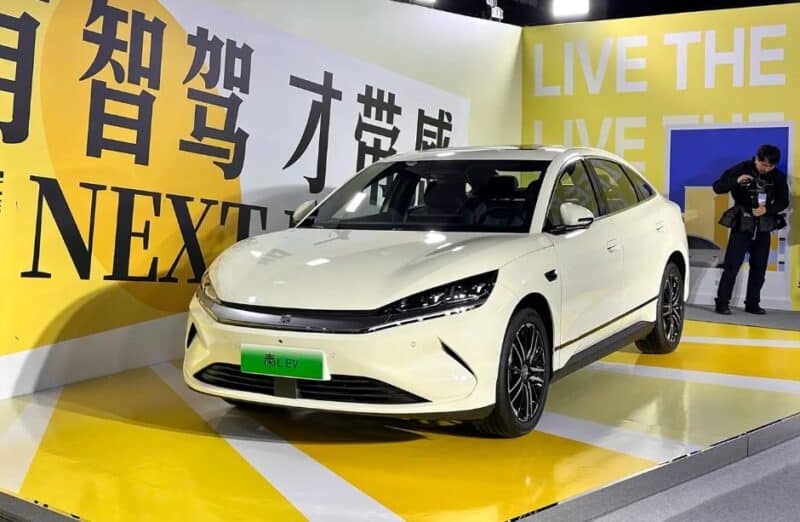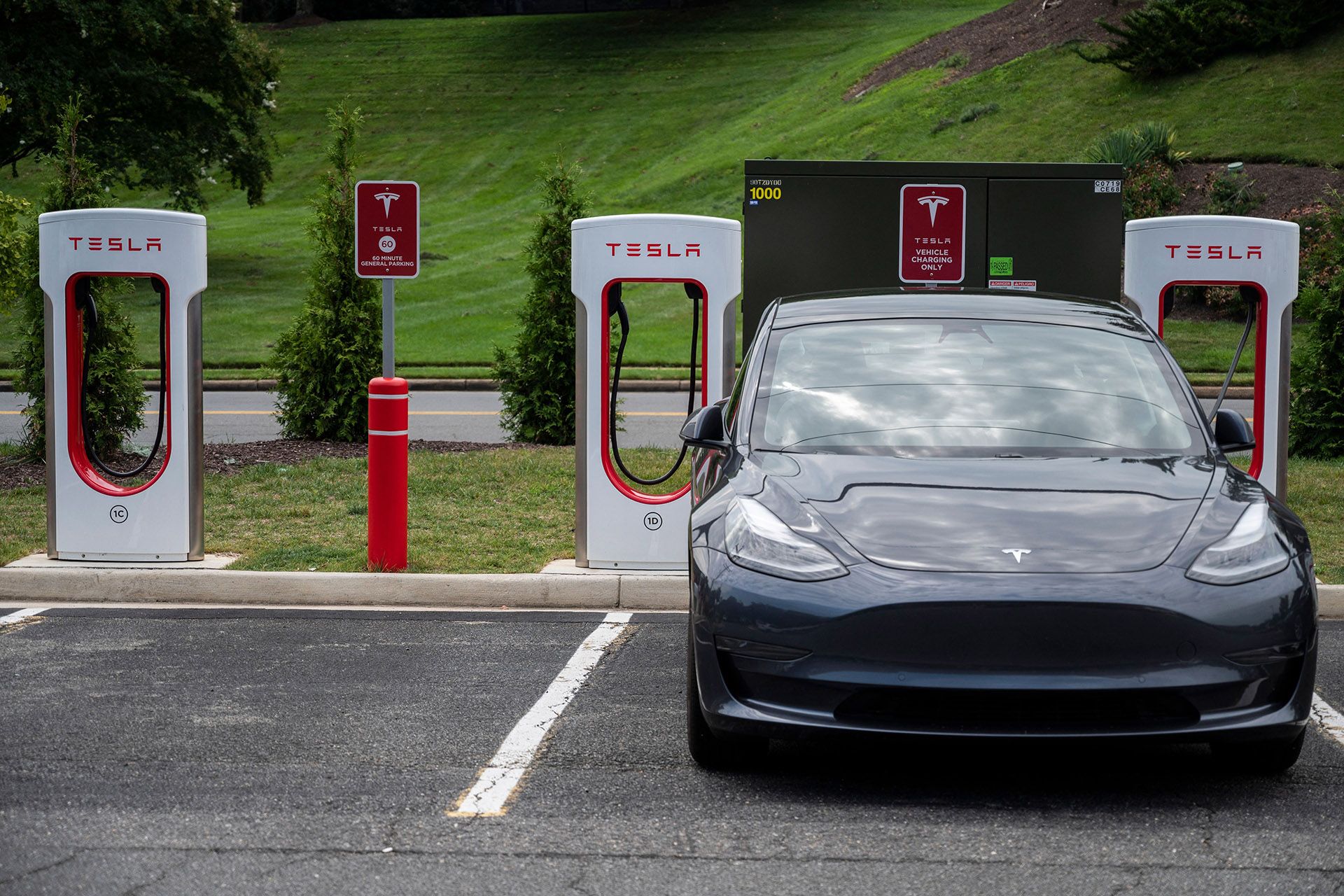Tesla has long been the world’s leading electric vehicle (EV) brand, but the latest figures tell a different story. In 2024, Chinese automaker BYD generated $107 billion in revenue, surpassing Tesla’s $97.7 billion.
BYD’s success is mainly due to its hybrid vehicle sales, which accounted for a significant portion of its record-breaking 4.3 million global vehicle deliveries. Meanwhile, Tesla faces growing challenges, from political controversies surrounding CEO Elon Musk to increasing competition in China, the world’s largest EV market.
This shift raises key questions: Is Tesla losing its grip on the EV market? Can BYD sustain its momentum amid global trade restrictions?
The Rise of BYD
In 1995, BYD initially focused on battery technology before entering the automotive industry in the early 2000s. The company gained traction with its affordable hybrid and electric vehicles, becoming dominant in China’s growing EV market.
Key factors behind BYD’s rise:
- Strong Government Support: China’s push for clean energy has given BYD a competitive edge.
- Vertical Integration: Unlike Tesla, BYD controls its supply chain, producing in-house batteries and key vehicle components.
- Hybrid Vehicle Sales: While Tesla focuses solely on EVs, BYD capitalizes on the hybrid market, appealing to a broader customer base.

Tesla’s Challenges in 2024
Despite its pioneering role in the EV industry, Tesla faces mounting obstacles:
- Market Saturation: Tesla’s growth has slowed as the EV market becomes more competitive.
- Political Controversies: Musk’s ties to former U.S. President Donald Trump have sparked backlash.
- Price Competition: BYD’s latest models undercut Tesla’s prices, making them more attractive to cost-conscious buyers.
How BYD Outperformed Tesla
BYD’s Sales Dominance
- EV Sales: BYD sold 1.76 million EVs in 2024, just behind Tesla’s 1.79 million.
- Hybrid Sales: With 4.3 million total vehicles sold, BYD’s hybrid lineup gives it a significant advantage over Tesla.
- Global Expansion: BYD is aggressively expanding into Europe, Latin America, and Southeast Asia.
Pricing Strategy: BYD Undercuts Tesla
- BYD’s Qin L Model: Starting at 119,800 yuan ($16,500).
- Tesla’s Model 3: Priced at 235,500 yuan ($32,400).
- Impact: BYD’s lower-cost models appeal to budget-conscious consumers, especially in China’s slowing economy.
Technological Advancements
- Fast-Charging Breakthrough: BYD’s new battery technology reduces charging time to five minutes—three times faster than Tesla’s Supercharger system.
- Advanced Driver Assistance: BYD’s “God’s Eye” driver-assistance technology, now standard in all models, competes with Tesla’s Full Self-Driving (FSD) software.

Global Trade & Tariffs: A Double-Edged Sword
- Western Tariffs on Chinese EVs: The U.S. and Europe have imposed new tariffs on Chinese-made EVs, which could slow BYD’s international growth.
- Tesla’s China Exposure: Tesla relies on China for production and sales, making it vulnerable to geopolitical tensions.
What’s Next for Tesla and BYD?
BYD’s Growth Strategy
- Expanding Production: New Thailand, Brazil, and Hungary factories will support global sales.
- Entering the U.S. Market: BYD has not established a strong presence in North America due to tariffs but could explore local production options.
- Advancing Battery Tech: Faster-charging and longer-range batteries could make BYD vehicles even more competitive.
Tesla’s Response
- Price Adjustments: Tesla has slashed its models’ prices to remain competitive.
- New Product Launches: Upcoming models, including a cheaper Tesla compact car, aim to counter BYD’s affordability advantage.
- Improved Software: Enhancements to Tesla’s FSD software could help differentiate it from rivals.

BYD’s rise to the top marks a significant global electric vehicle market shift. With a record-breaking $107 billion in revenue and 4.3 million vehicles sold, the Chinese automaker has proven that its combination of affordable pricing, hybrid vehicle dominance, and cutting-edge battery technology is a winning formula. Meanwhile, Tesla faces increasing competition, pricing pressure, and geopolitical challenges, forcing it to rethink its strategy.
Looking ahead, the battle between BYD and Tesla will shape the future of the EV industry. While BYD expands globally and pushes technological innovation, Tesla is pressured to adapt by reducing costs, accelerating innovation, and regaining consumer trust.
The key question remains: Is Tesla’s reign over, or will it fight back to reclaim its dominance? The coming years will determine whether BYD’s victory is a short-term gain or a long-term industry shift.
What’s Next?
Would you like:
✅ More insights on the EV market? Subscribe to our newsletter.
✅ To share your thoughts? Join the discussion in the comments.
✅ A deep dive into Tesla’s strategy? Check out our latest industry reports.
🚀 Stay informed on the latest in electric vehicle innovation!
















